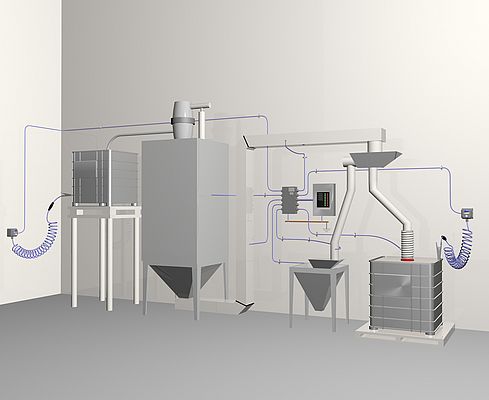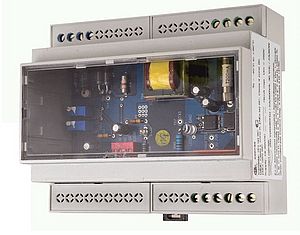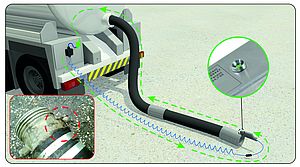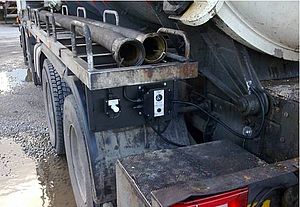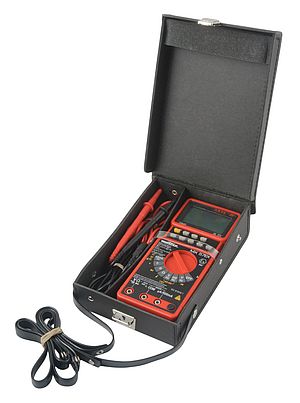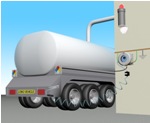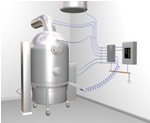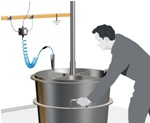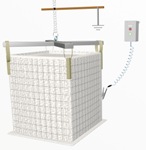Three separate studies with collective data totalling 1100 dust explosions gathered in the US, UK and Germany highlight process equipment that have proven to be known sources of primary dust explosions.
In 2006, the U.S. Chemical Safety Board published the findings of a major study outlining the scale and devastating consequences of combustible dust cloud explosions between 1980 and 2005 in US chemical processing operations.
In that period 281 explosions were caused by the ignition of combustible dust atmospheres, resulting in 199 fatalities and the injury of 718 workers. In the UK the Health and Safety Executive recorded 303 dust explosions over a nine-year period and German records demonstrate 426 similar incidents over a 20-year period.
During one 10-year period a single insurer listed a total of 450 incidents across their client base that were attributed to dust fires and explosions. The total cost of damages amounted to $580 million, with the average gross loss for dust explosions costing $1.9 million and dust fires costing $1.2 million.
Since their report was published the CSB has repeatedly requested that OSHA take more action to regulate the safety of operations processing combustible and flammable powders. The 2008 explosion at the Port Wentworth plant of Imperial Sugar should be a warning to a broad range of industries just how risky and relevant dust explosions are. Approximately 70% of all chemical processing industry operations handle powders in a combustible form at some point in their manufacturing process.
Contributing factors.
Several contributing factors need to be present to support the ignition of a combustible dust cloud, comprising:
- A dispersed dust cloud-oxygen mixture that is above its Minimum Explosion Concentration (MEC).
- Physical containment of the dust cloud that will lead to rapid pressure build-up causing deflagrations out of process equipment and into open workspaces.
- An ignition source with enough energy to ignite the combustible atmosphere.
The locations of primary deflagrations normally occur within process equipment such as dust collectors and hoppers. Secondary explosions result from a containment breach, with the primary deflagration propagating through conveying systems or through mechanical breaches in the processing machinery. Secondary explosions cause the bulk of devastating damage to workers, buildings and equipment by unsettling and igniting layers of dust that have collected on surfaces. A 1.6 mm layer of dust that gets dispersed from primary explosions is all that is required to initiate secondary deflagrations.
Three separate studies with collective data totalling 1100 dust explosions gathered in the US, UK and Germany highlight process equipment that have proven to be known sources of primary dust explosions. The main processes that suffer from explosions are dust collection, powder grinding and pulverising, powder conveying operations, silo and container filling and powder mixing and blending.
The German data, which totalled 426 incidents, provides a percentage breakdown of known primary sources of ignition. Electrostatic discharges make up 10% of known primary ignition sources. The “unaccounted” category is for incidents where no physical evidence (electrical or mechanical causes) has been detected. The prime suspect in the “unaccounted” category is very often electrostatic discharges, but as no witnesses can provide evidence of seeing or hearing a spark, ignition sources of this type go unreported and unaccounted for.
Even though the majority of combustible dusts have higher MIE’s than flammable vapours the amount of energy available from electrostatic discharges within powder processing operations will ignite the vast majority of combustible dusts. This is because the rate of electrostatic charge generation and accumulation in powder processing operations is extremely high.
Static spark discharges in processing operations.
Incendive electrostatic sparks usually result from the lack of a thorough and detailed risk assessment, unintended changes to equipment during routine maintenance and unsafe operator working practices. To prevent electrostatic discharges igniting combustible dust atmospheres companies should risk assess their processes and equipment to ensure any potential sources of ignition are identified and managed correctly. In operations that use solvents for suspending powders in blending and conveying systems (and for powders that give off their own flammable vapours) surrounding work spaces will be zoned or classified as being potentially flammable and combustible atmospheres. All potential sources of internal and external static discharges from process equipment situated in zoned & classified areas must be accounted for and managed in the appropriate way.
Powder conveying and dust collection systems.
If they are not sufficiently bonded and grounded isolated components in powder conveying and dust collection systems are capable of holding large amounts of static electricity. Isolated components usually result from design oversight or after maintenance teams reassemble fittings without re-establishing static bonding connections. The most secure means of preventing charge build-up is to bond and ground components to a reliable high integrity ground point. The NFPA and CENELEC state these bonding connections should have a resistance to a verified grounding point of less than 10 ohms.
Fluid Bed Dryers
The same kind of grounding device can be used to ground and bond components in systems like fluid bed dryers which experience vibration effects that can lead to momentary sparks gaps between components that make up the overall assembly. Isolated charged components have the capability to discharge to fully bonded or grounded components within the structure of the machine. The important thing to do is fully assess the potential of components to become momentarily isolated as static sparks can release large amounts of energy in milliseconds.
Mixing and Blending machines.
Charges accumulating on the surface of mixing and blending machines can be dissipated using discrete purpose designed grounding systems. These systems provide dual protection dissipating static from the vessel wall preventing internal discharges into the potentially combustible atmosphere present in the vessel and preventing external discharges into the potentially flammable or combustible atmosphere surrounding the machine.
Filling FIBC bags.
Powder filling operations often produce clouds of combustible dusts that have the potential to disperse in oxygen above their MEC limit. Spark discharges and Propagating Brush Discharges (PBDs) can ignite the resulting dust cloud. It is critical to ensure that conductive and semi-conductive powders are not deposited into containers or bags that insulate the resulting charges.
What to do.
To prevent uncontrolled electrostatic discharges posing a fire and explosion hazard in powder processing operations, a thorough static audit conducted by qualified personnel should be carried out. The audit should focus on investigating and identifying situations where charge has the potential to accumulate on conductive and semi-conductive components. For situations where potentially isolated components are identified dedicated grounding equipment should be installed to monitor and control the release of static electricity, thereby removing a primary source of ignition in combustible dust atmospheres.
Author: Mike O’Brien, Product Manager
Combustible cloud explosions
in processing industries
- by Newson Gale Ltd.
- April 20, 2011
- 10598 views


